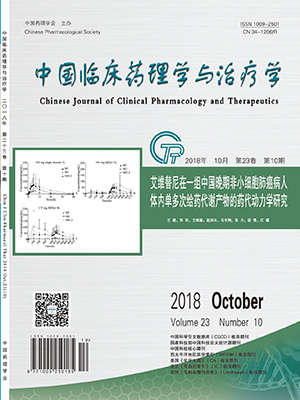AIM: To evaluate the efficacy and the safety of the combination therapy of iguratimod (IGU) and methotrexate (MTX) as compared with MTX monotherapy in adults with rheumatoid arthritis (RA) through a Meta-analysis on randomized controlled trials (RCTs). METHODS: A systematic review was conducted by searching multiple databases including PubMed, Embase, Cochrane Library, the China National Knowledge Infrastructure (CNKI), VIP, the Chinese Biomedical Literature Database, Wanfang Data, the Chinese Scientific and Technological Journals Database. The systematic literature search was carried out up to June 2017. RCTs related the efficacy and/or safety of IGU combined with MTX to treat RA were selected. The quality of included studies was assessed using the Cochrane Handbook for Systematic Reviews of Interventions and Jadad scoring, and Meta-analysis was performed using Rev2Man5.3 software. RESULTS: Six RCTs involving 553 patients were included. Compared with MTX, IGU combined with MTX showed better effects in ACR20 [RR:1.53, 95%CI(1.13,2.06), P=0.006], ACR50[RR:2.15, 95%CI(1.64,2.81), P<0.001], ACR70[RR:2.93, 95%CI(1.54,3.72), P<0.001], and had a better result in lowering ESR, physician VAS and DAS28 level with the similar adverse effects (AEs) [RR:1.06, 95%CI(0.91,1.24), P=0.46]. Meanwhile, the systematic review shows that IGU combined with MTX was no less effective than MTX monotherapy in reducing CRP, TJC28, SJC28, Pain VAS, Patient VAS and HAQ after treatment. CONCLUSION: For RA, IGU combined with MTX has a better clinical efficacy than MTX monotherapy, and adverse drug reactions remain stable of the combination therapy, which is referential for clinical application.


